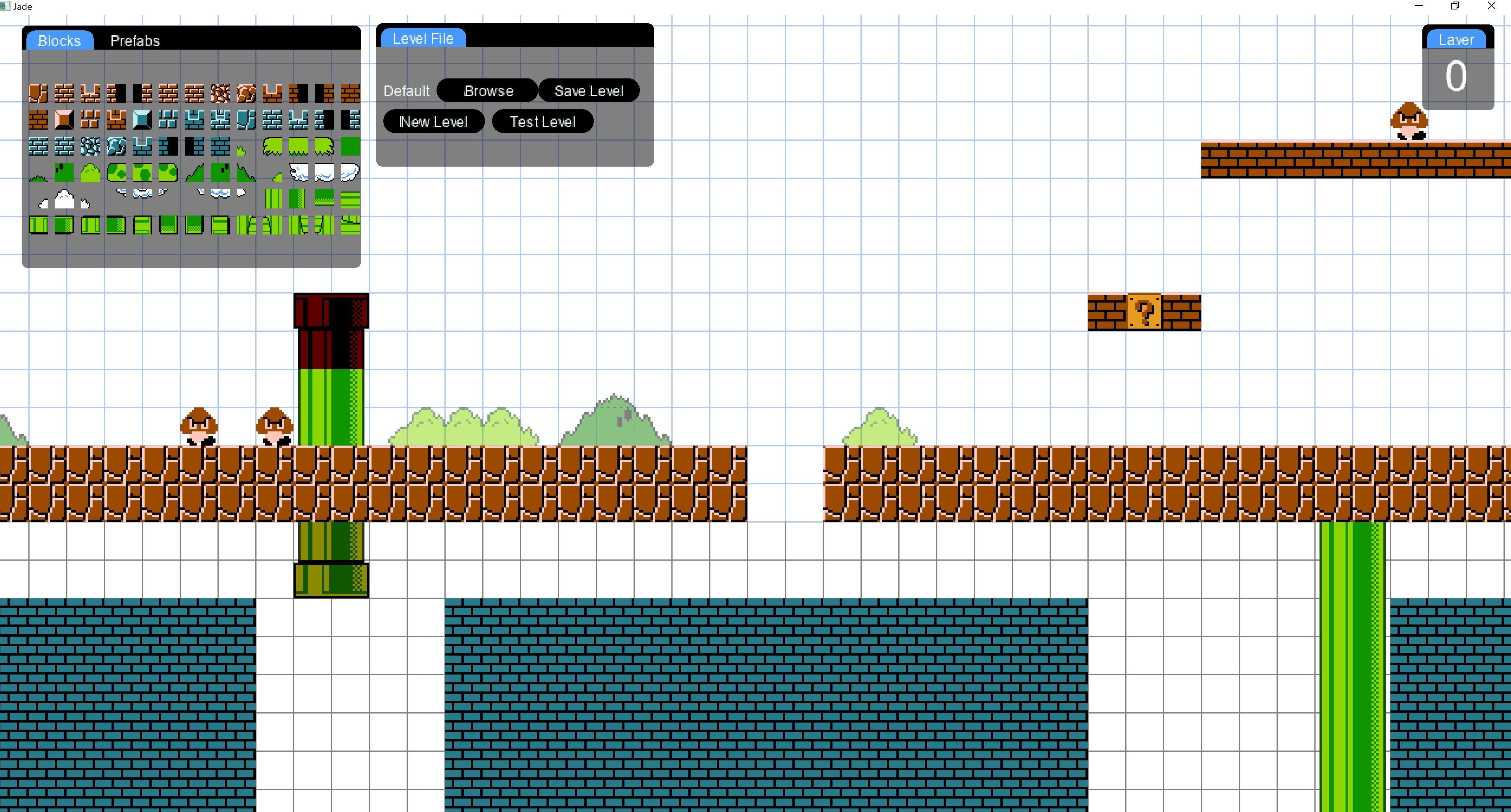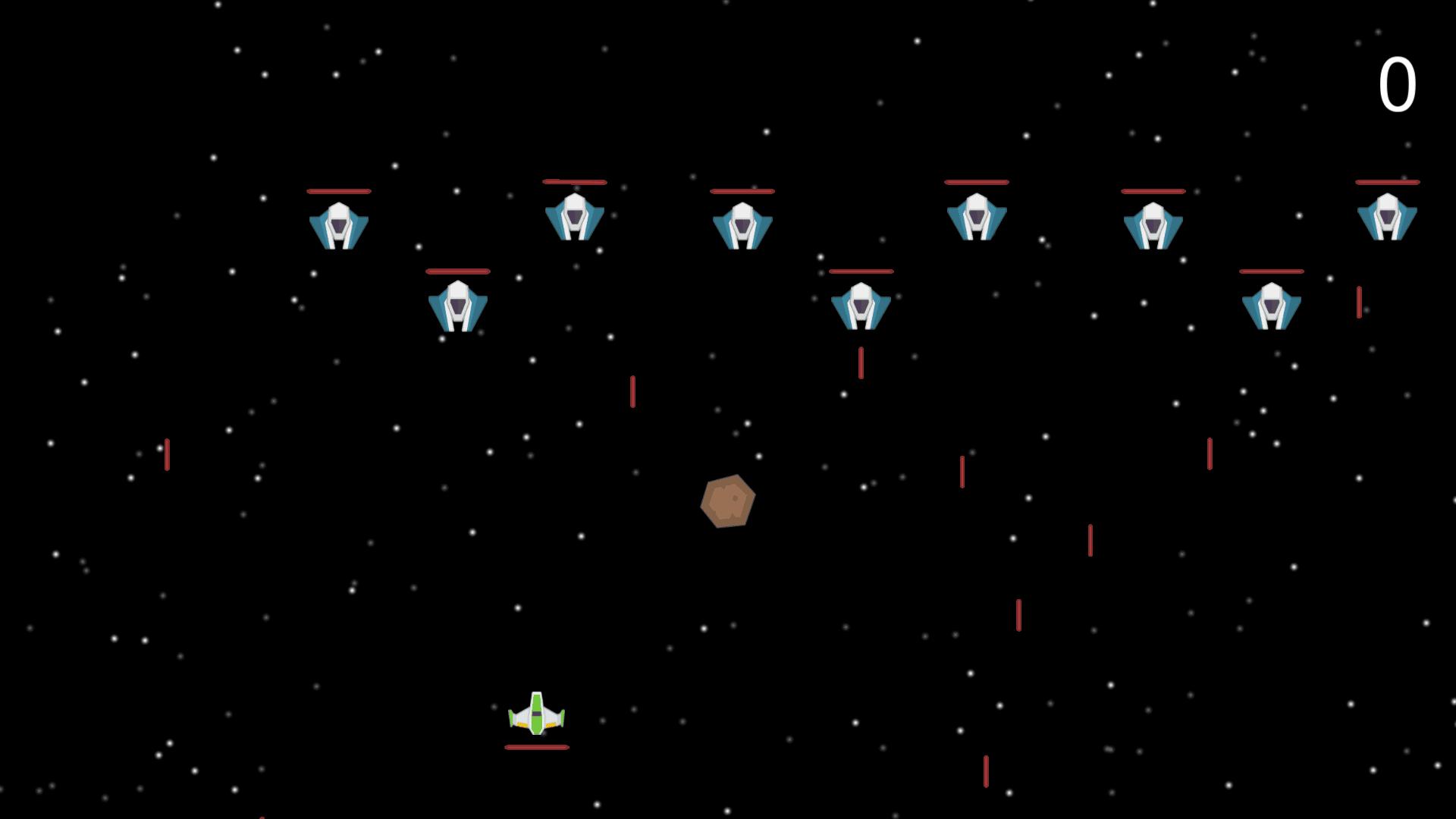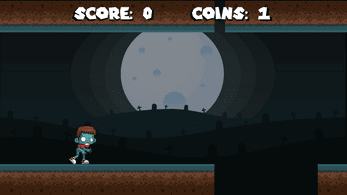Projects
Here is a list of my projects. They're in varying levels of completion. I probably won't touch most of these again, so whatever state they are in is the state they'll most likely remain for the rest of their life. Each project has it's own Github repository with instructions on how to use the given project.
The way that the list below is styled is as follows:
Each project starts with the project name, then under that is the percentage complete. These are rough estimates, and if a project says it's 100% complete that does not mean it's flawless, it just means I'm probably never going to touch it again. Then, there's a picture that shows a little bit of what the project looks like.
If you are not a programmer I will try to include less programmer friendly ways to try these projects so you can still use them too :)
I decided to expand upon my learning from the Geometry Dash game I made, and made an even more complicated engine. I switched to LWJGL so that I could handle the rendering myself, which resulted in a 20% increase in CPU speed and about 1% increase in GPU speed. I was really proud of the improvements, and the engine got some massive upgrades as well. I also made a Youtube series documenting this here: Mario Maker in Java You can also download the game here: Mario Maker in Java

This repository is the first big game I coded. I wanted to make the entire engine from scratch and really formalize my game-making skills, so I decided to code Geometry Dash in Java. I began to implement an AI for the game using the NEAT algorithm, however I never quite got it working right. I made a Youtube series explaining how to do it yourself also, documented here: Geometry Dash in Java You can also download the game here: Geometry Dash in Java

This repository includes the link to the first representation of the programming language I am creating, called Dymond. It looks a bit like Javascript, but behaves more like Python, and it is incredibly slow right now. I have it coded in Java right now, and it just walks an AST to interpret the code you write. I am in the process of speeding it up by coding it in C :)

I am very proud of this game. I am in the process of creating a Minecraft clone called... Tradecraft (Fanfare). This is the first major 3D game I have made, and I plan on writing a book on the process. It is coded in C++ using the Unreal Engine for some amazing graphics. Actually, check out the next project on this list for a more in depth look at the book.

This game is literally one of the first games I ever developed. It was coded in Javascript and HTML/CSS, and it was built from the ground up by following a tutorial from a book that introduced me to programming. It's a fun little game and you can play it directly by following the directions on this link. Enjoy!

This is a remake of the classic, World's Hardest Game. I coded this from the ground up in Java, and it was real fun to make. It was one of my first games from scratch, so please be gracious on the poor coding ;) The instructions on how to download it and play can be found on the Github repository.

This is my take on the classic laser defender. I followed a tutorial for this, but added in several of my own components. It's a pretty fun game, but it only works on Windows right now. I may eventually add support for Mac and Linux. It was built in Unity and I used open source assets for all the images. Check it out here.

This is a game I created after following an extensive tutorial on Unity. I decided to put everything I had learned into practice and release an App available on the Google Play Store. I used Unity Ads to try and monetize it. The premise of the game is simple, tap the screen to flip the character and go for as long as possible.

I was perusing problems on Project Euler one day and stumbled across a problem that asked to determine who wins a game of Poker. This will be fun I thought... and it was :). I finished the problem which simply fed in a feed of Poker hands in a .txt file and asked you to determine who won. After I finished I realized I had a Poker game in the making. So I went the next step and made it a game.

This one is a project I had to complete for a class at school. We were instructed to create a simple database and build a form to fill out, the form would then be inserted into the database. This was my take on the project, I decided to use Django, and I used MySql for the database.

Let's face it. This is like the "Hello world!" of game programming. I don't know how many different versions of this I have made. This particular version was made in Java using Swing and AWT. I have a simple AI that tracks the ball and has a certain percentage of error that it will have depending on the difficulty you chose. The paddles initialize as random colors and the ball changes to the color of whichever paddle it hits.

Quadtrees are an interesting data structure used in some 2D game engines to help with the collision detection. The premise is that it is implausible to test collisions against every single object with every other object in a game. So what Quadtrees do is break up the gameplay space into several different sections so that you only have to test the objects nearest to each other for collision. Unfortunately I never implemented this in any of my game engines.












